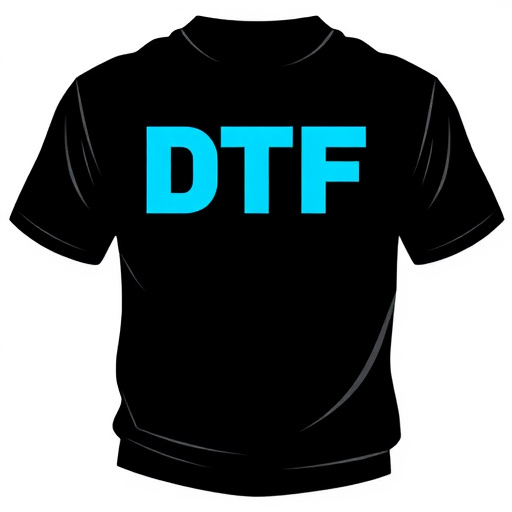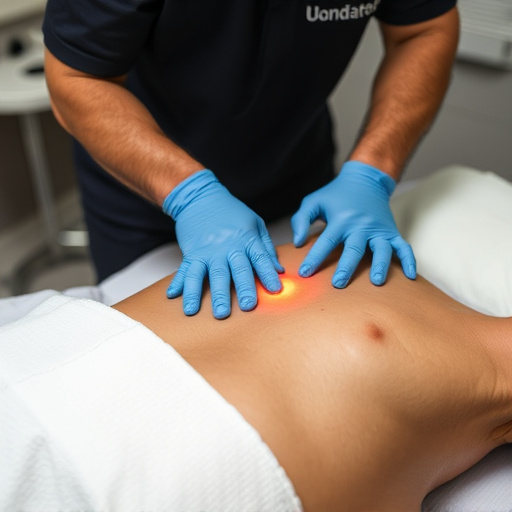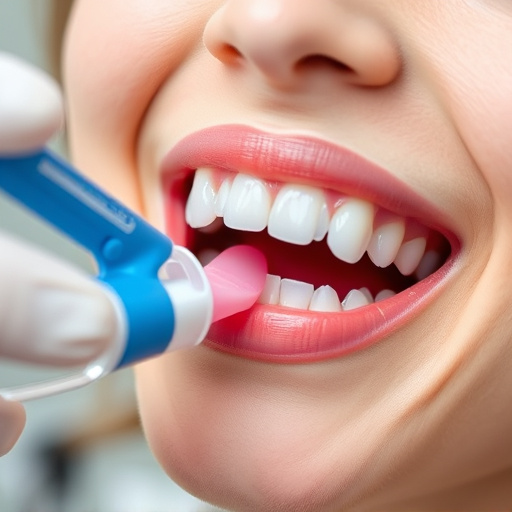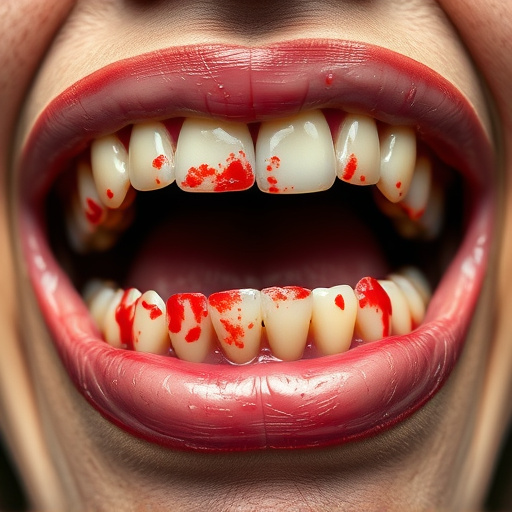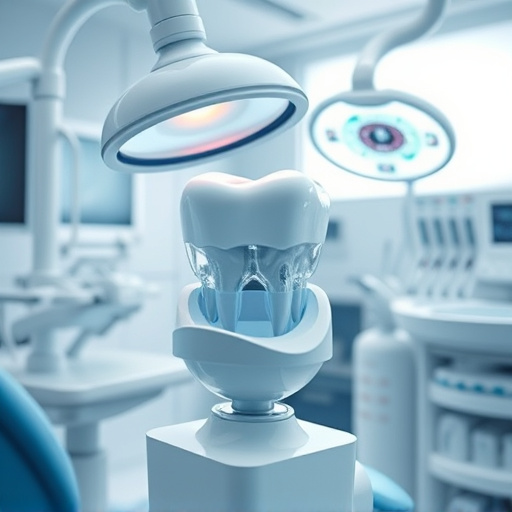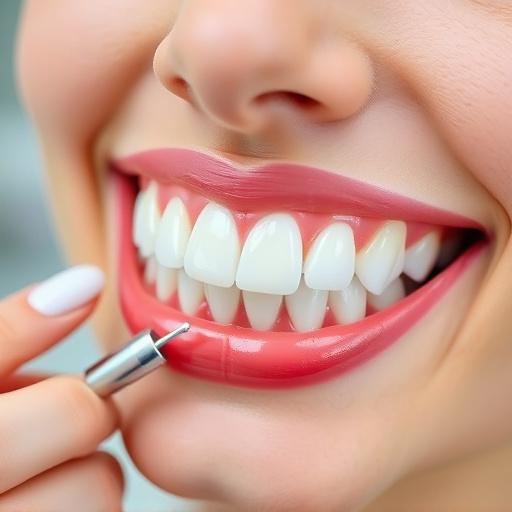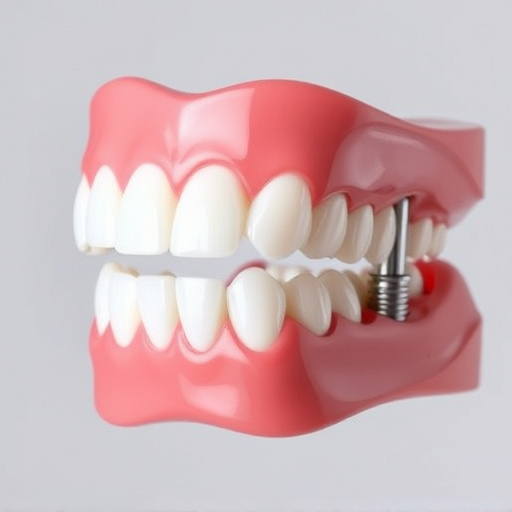Oral sedation dentistry employs various medications like alprazolam, diazepam, midazolam, fentanyl, and nitrous oxide to alleviate dental anxiety, offering benefits for routine and complex procedures. However, potential risks necessitate patient screening, while proper administration enhances adherence to dental care routines. The process begins with consultations, involves pre-appointment fasting, and ends with minimal consciousness during treatments via orally administered sedatives.
“Unwind and overcome dental anxiety with the comforting world of oral sedation dentistry. This innovative approach offers a stress-free experience for patients seeking a calm, relaxed state during dental procedures. In this comprehensive guide, we explore the medications that power this method, their benefits and potential risks, and the step-by-step process for a successful treatment. From common sedatives to patient preparation tips, discover how oral sedation can transform your dental care journey.”
- Common Medications for Oral Sedation
- Benefits and Risks of Sedative Use
- Procedure and Patient Preparation
Common Medications for Oral Sedation

In the realm of oral sedation dentistry, several medications are commonly employed to induce a state of relaxation and minimize anxiety during dental procedures. These include benzodiazepines like alprazolam (Xanax) and diazepam (Valium), which are known for their sedative and anti-anxiety properties. Another popular choice is midazolam, often used for its rapid onset and short duration of action, making it suitable for various dental interventions such as tooth extractions.
Beyond these, medications like fentanyl and nitrous oxide (laughing gas) are also utilized in oral sedation dentistry. Fentanyl offers potent pain relief and is sometimes combined with other sedatives for complex procedures. Nitrous oxide, when inhaled, provides a mild sedative effect and can help patients feel relaxed and less anxious during treatments, even as they remain awake. These options cater to different patient needs, whether it’s for simple procedures like teeth cleaning or more involved tasks such as dental bonding.
Benefits and Risks of Sedative Use

Oral sedation dentistry offers a range of benefits for patients who experience dental anxiety or fear. Sedative medications, often in the form of pills or liquid, are used to induce a state of relaxation and calmness before and during dental procedures. This approach can significantly reduce stress, making it easier for patients to undergo necessary treatments like teeth cleaning, tooth repair, and even preventive dentistry. By minimizing anxiety, oral sedation can lead to better patient compliance with recommended dental care routines.
However, as with any medical intervention, there are risks associated with sedative use. Adverse reactions, though rare, can occur, including dizziness, nausea, or difficulty breathing. It’s crucial for patients to disclose their full medical history and any current medications they’re taking to ensure safe administration of sedatives. Proper screening and monitoring during the procedure are essential to mitigate these risks. Balancing the benefits of improved patient comfort and cooperation with the potential drawbacks ensures that oral sedation dentistry is a responsible and effective option for managing dental anxiety.
Procedure and Patient Preparation

In oral sedation dentistry, patients are administered medications to induce a state of relaxation and minimal consciousness during dental procedures. This approach is particularly beneficial for individuals who experience anxiety or fear when visiting the dentist. The procedure typically begins with a consultation where a qualified dentist assesses the patient’s medical history and determines an appropriate sedative regimen.
Before the appointment, patients are instructed to follow specific guidelines, often including fasting from certain foods and liquids (especially those containing caffeine) for a set period. This preparation is crucial in ensuring a safe and comfortable experience. Patients may be asked to wear loose, comfortable clothing and arrive early to complete any necessary paperwork. During the actual procedure, a sedative is administered orally, either as a liquid or pills, depending on the patient’s preference and the dentist’s recommendation. This medication helps to calm nerves and reduce awareness during tasks such as teeth cleaning, dental crowns, or even clear aligner placement.
Oral sedation dentistry offers a safe and effective way to manage dental anxiety, allowing patients to undergo necessary procedures with minimal discomfort. By understanding the common medications used, their benefits and risks, and proper patient preparation, dentists can provide a comfortable and relaxing experience for those who may otherwise avoid dental care. This approach not only improves access to dental services but also contributes to better oral health outcomes for patients facing anxiety or fear during treatment.
